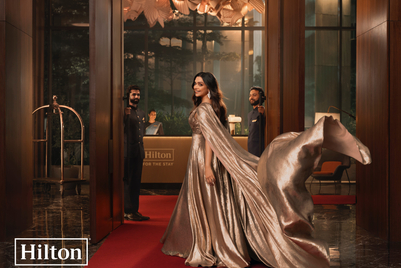
The tie-up, brokered by Sports Revolution, is important not only for the brands involved but also because it marks the first such advertising partnership between a Myanmar-based company and a prominent Western brand following the country's liberalisation reforms.
The deal will allow the homegrown libation to co-brand its own merchandise with the football club's logo. IBTC already claims to have 80 per cent of the market in the whisky segment.
“Grand Royal Whisky is a long-standing supporter of local football, and is now able to exploit the popularity of the English Premier League in Asia and increase its own exposure directly to these local markets,” said Stephen Marsh, managing director, Sports Revolution Asia.
Several other Southeast Asian brands have been showing strong interest in the English Premier League recently, as more and more Asians acquire a taste for the sport. Myanmar is no exception. Last month, Jamaican telecommunications company Digicel, which is expanding operations in Myanmar, signed an MOU with the Myanmar Football Federation (MFF) for sports development in the country.
Sports Revolution said the IBTC deal supports Chelsea’s strategy of raising its profile within Myanmar and Asia as a whole. Chelsea is set to visit Myanmar during its 2013 pre-season tour.
In an interview with Campaign Asia-Pacific for an earlier story, Sports Revolution’s head of strategy, Kenny Ager, said the EPL’s interest in Southeast Asia has been fuelled by a combination of increased TV spends for the region and increased audience numbers in Asia.
Where an estimated Global TV audience of 650 million watched the finals last season, Asians accounted for nearly 40 per cent of the international audience. According to the Barclays Premier League Global Fan Survey, Asia’s fan stands at 864 million, versus 31 million in the UK.
Since the economy opened up, diplomats in Myanmar have been urging multinational companies to invest in the country. WPP’s Oglivy moved into the region, acquiring a stake in Yangon-based agency Today Advertising. Last month, Coca-Cola made its first delivery in the market after 60 years.
However, challenges remain in the market, according to a recent mid-year report from market research company Euromonitor. The country is one of the Southeast Asia’s most impoverished with income levels in the region well below those of neighbouring countries like Cambodia, Laos and Bangladesh.
“A more aggressive programme of privatisation is needed to foster private sector-led growth,” the report said, attributing it to distortions in the economy and corruption. “Higher standards of Governance and transparency are required if the business climate is to improve."



.jpg&h=334&w=500&q=100&v=20250320&c=1)

.jpg&h=334&w=500&q=100&v=20250320&c=1)
.jpg&h=334&w=500&q=100&v=20250320&c=1)


.png&h=334&w=500&q=100&v=20250320&c=1)

.png&h=334&w=500&q=100&v=20250320&c=1)




.png&h=268&w=401&q=100&v=20250320&c=1)


.png&h=268&w=401&q=100&v=20250320&c=1)